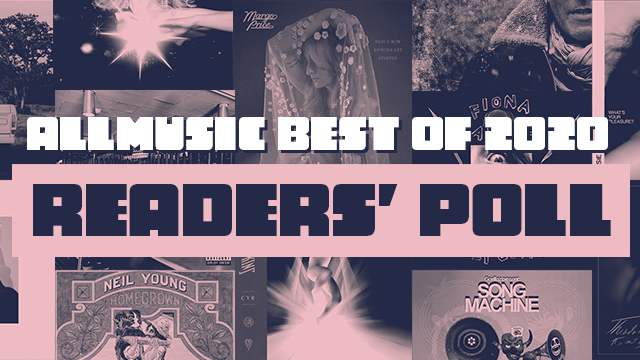New CDs for January- March 2021
Orchestral, Concertos and Chamber Music
Emanuele Arciuli – Walk in Beauty
Beethoven – Beethoven “Fur Elise,” Bagatelles, opp. 33, 119, & 126 / Paul Lewis, piano
Kenji Bunch – Boiling Point: Music of Kenji Bunch
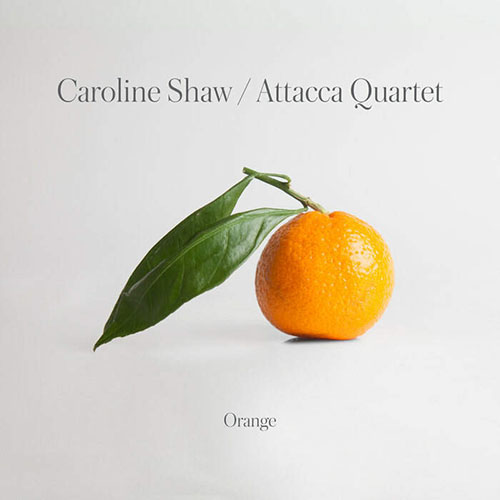
Caroline Shaw / Attaca Quartet – Orange
Imani Winds – The Classical Underground
Imani Winds – Terra Incognita
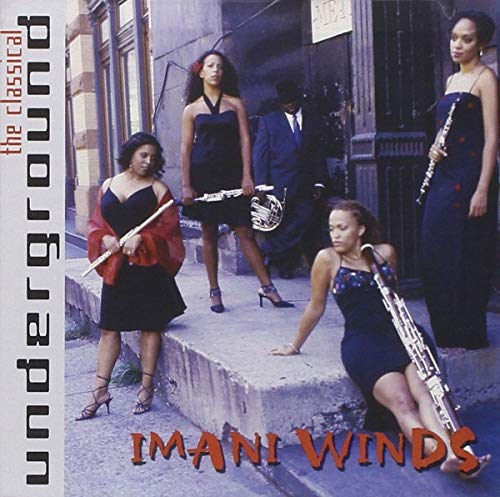
Opera, Opera Excerpts, Choral Music and Art Songs
Will Liverman & Paul Sánchez – Dreams of a New Day: Songs By Black Composers
Kurt Sander – The Divine Liturgy of St. John Chrysostom
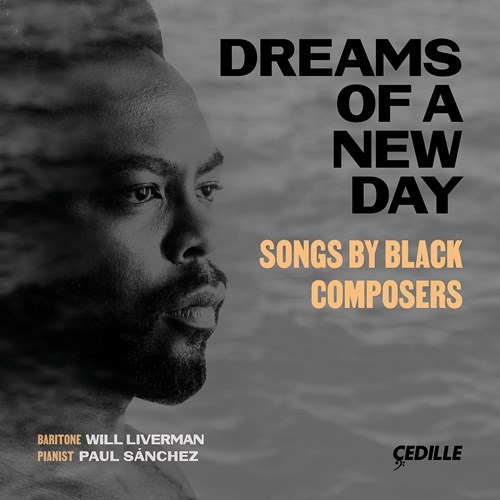
Popular Music
Lizzo – Cuz I Love You
Mile Twelve – Roll The Tapes All Night Long
Various Artists – At The Minstrel Show: Minstrel Routines From The Studio, 1894-1926

Dance Music
Gus Haenschen – The Missing Link: How Gus Haenschen Got Us from Joplin to Jazz and Shaped the Music Business
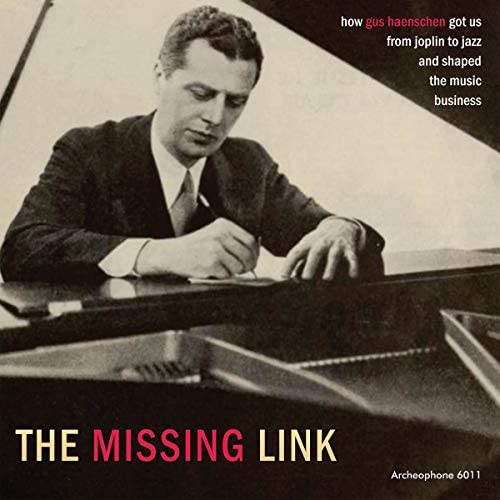
Musical Theatre
Original Broadway Cast – Moulin Rouge! The Musical
Stephen Sondheim – Anyone Can Whistle
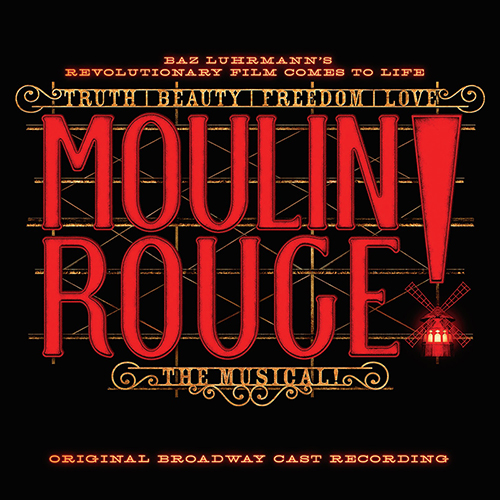
Arachnophonia: “9 to 5”
Editor’s note: Arachnophonia is a regular feature on our blog where members of the UR community can share their thoughts about resources from the Parsons Music Library‘s collection.
All links included in these posts will take you to either the library catalog record for the item in question or to additional relevant information from around the web.
Today’s installment of Arachnophonia is by student assistant Allison (class of 2022) and features . Thanks, Allison!

I recently came across a Vouge interview of Dolly Parton which piqued my interest of her and her work. While our generation mainly knows of Dolly Parton from her appearances in Hannah Montana, many of us aren’t aware of her earlier musical and acting ventures.
Dolly’s career started as a songwriter for other artists and then released her debut album in 1967. For the next two decades her songs topped the country music charts and she also began acting. In 1980, she starred in the film 9 to 5 along with Jane Fonda and Lily Tomlin.

She wrote the song “9 to 5” for that movie and it is also one of her most popular songs. “9 to 5” is not only a catchy tune, but the lyrics highlight workplace issues that are very relevant in both the 80’s and today. I would highly recommend giving the song a listen!
Digital Resources: Music Online – Popular Music Library
The Music Library has more resources available than physical items. We’re highlighting some of our digital resources, and including information about them as told by our student employees.
Today’s digital resource is:
Music Online: Popular Music Library
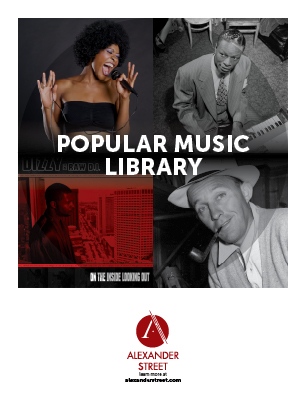
Music Online – Popular Music Library features audio recordings of popular music from around the world.
Here is what student manager Cole (class of 2021) had to say about this resource:
“Music Online’s Popular Music Library is exactly what it sounds like: an online repository of popular music from around the world, all tagged with the appropriate metadata to make the site an effective research tool. Something I appreciate about Music Online’s collection is the emphasis placed on international works. The site is filled with recordings of songs I have never been exposed to, across all genres and in various languages. Many of the works archived are not available for sale online, so the site can be a valuable resource if one is looking for an obscure, elusive track.
When I first opened Popular Music Library, I was immediately greeted by the album Babies Go Pink Floyd, one of the works featured on the rotating carousel of new arrivals.
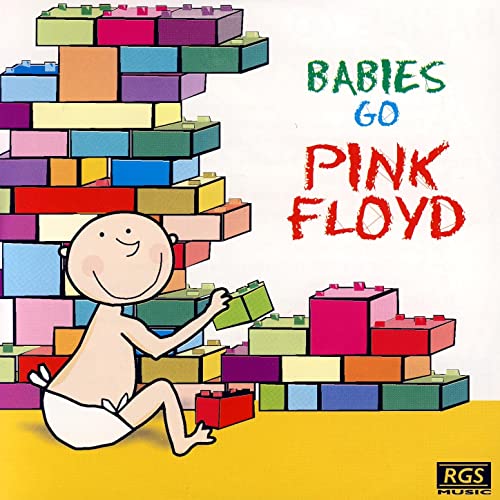
I immediately clicked on it to find out what exactly I was seeing. Each album is displayed as a waveform, with vertical lines separating individual tracks. The music player is accompanied by a sidebar of details and the track listing, with each track accompanied by the appropriate metadata. After some listening and further digging on the site, I learned that Babies Go … is a series of albums, originally sold in the UK, that rework popular music acts into soothing lullabies. Some of my favorite editions include: Babies Go The Cure, Babies Go Led Zeppelin, Babies Go Shakira, and, of course, Babies Go Radiohead, the music player for which, in an apparent (and humorous) technical oversight, presents a flat line and reads, “Waveform temporarily unavailable.”
Though Babies Go … probably won’t be often used as research material, I like to imagine it as a testament to the diversity of material collected for your listening in the Popular Music Library.”
Parsons Playlists: Good Day
Welcome back to Parsons Playlists! Today we’re featuring a collection of feel good indie/alternative music curated by Music Library student assistant Allison (class of 2022).
Allison says:
This is a great playlist for if you’re in a good mood or if you need some extra pep in your step. Especially great when it’s sunny out.
Genre: Indie/alternative
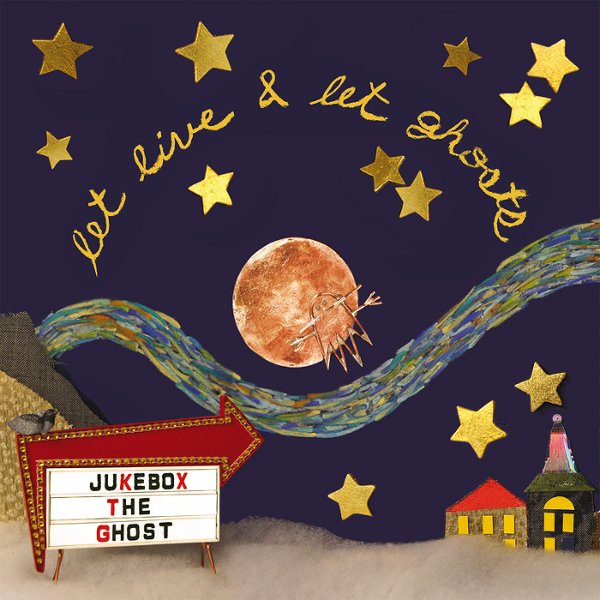
Say It, Just Say It – The Mowgli’s
Whatever Forever – The Mowgli’s
Everybody’s Lonely – Jukebox The Ghost
Making All Things New – Aaron Espe
Freakin’ Me Out – The Mowgli’s
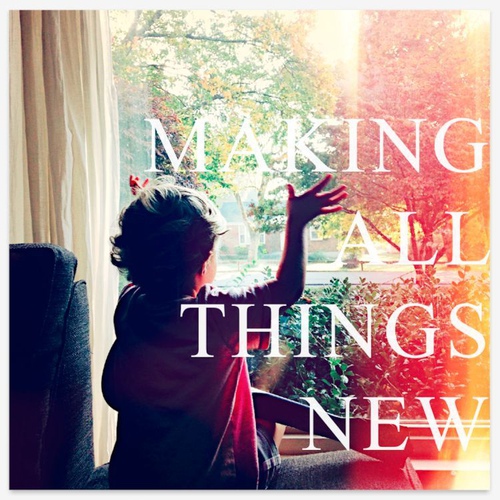
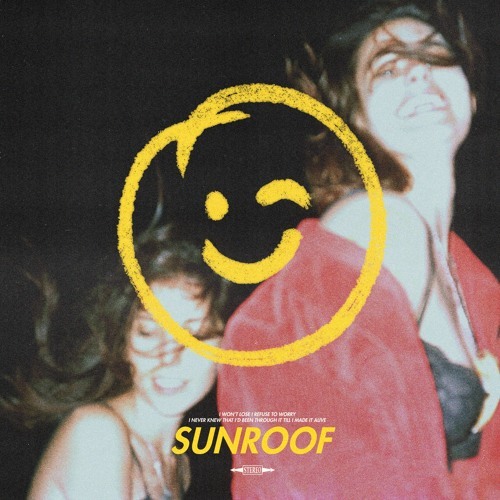
I Feel Good About This – The Mowgli’s
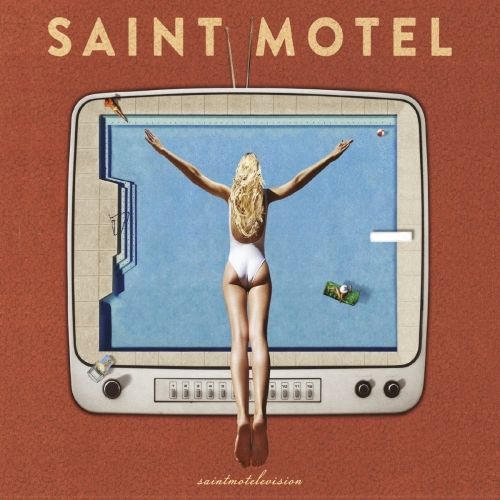
Outskirts of Paradise – Bad Suns
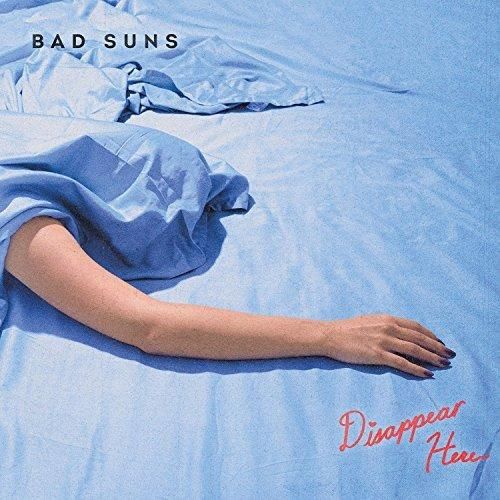
Digital Resources: Qwest.TV
The Music Library has more resources available than physical items. We’re highlighting some of our digital resources, and including information about them as told by our student employees.
Today’s digital resource is:
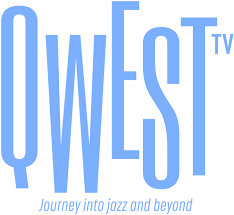
Here’s what student manager Abby (class of 2021) had to say about this resource:
“QwestTV is the first ever streaming service dedicated to Jazz, Soul, Funk & World Music. Created by Quincy Jones and curated by other music legends, this service contains hundreds of concerts, documentaries, archives, and exclusive content. And with the “My List” feature, you can keep track of all your favorites. On top of premium streaming video, QwestTV also offers articles, interviews, and album reviews written by professional journalists and renowned jazz experts. With content spanning decades, this service is a powerful research tool and just an all-around awesome resource for any music lover.”
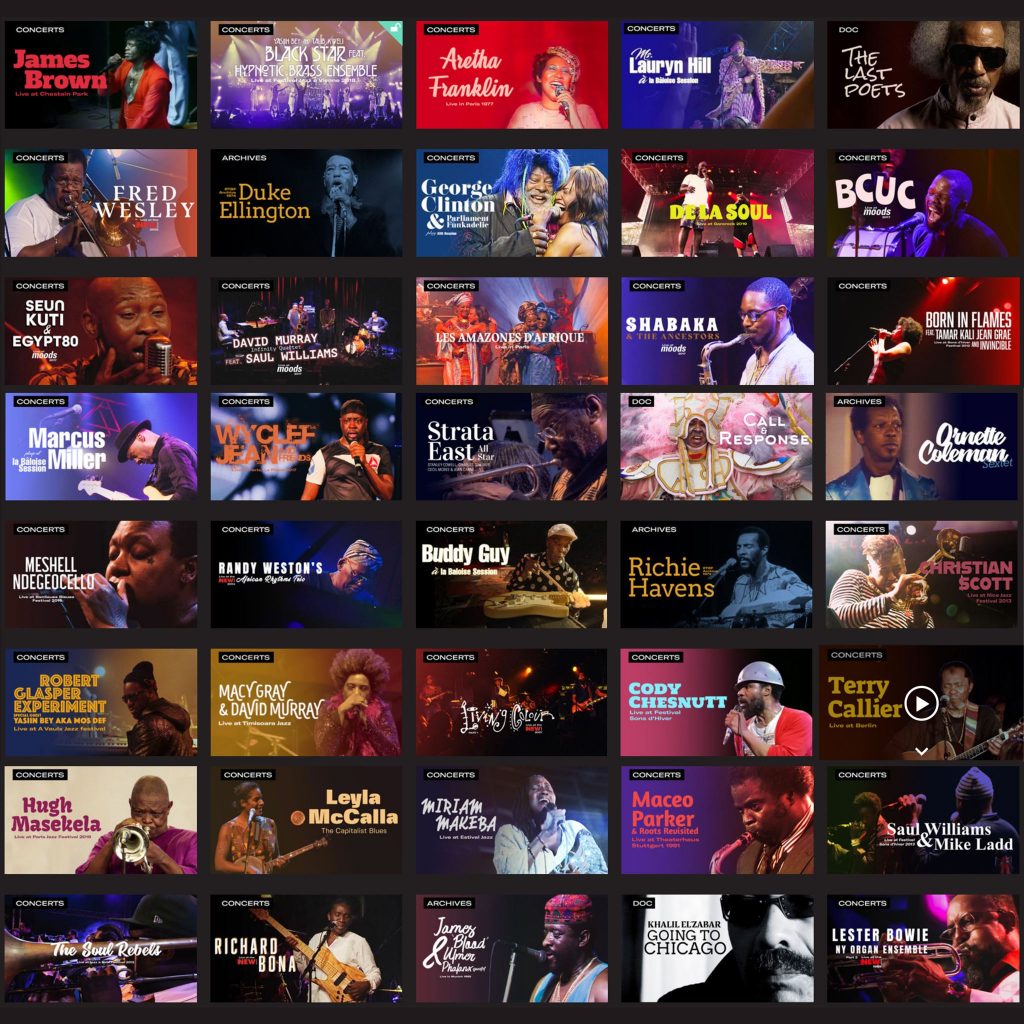
Parsons Playlists: Transcendental Film Soundtracks
Welcome back to Parsons Playlists! Today we’re featuring a collection of film soundtrack music curated by Music Library student manager Colin (Class of 2021).
Films have been my go-to source of entertainment for years. In high school, my friends and I became heavily invested in the awards season of movies, in which we tried to watch every film that was nominated for Best Picture by the Academy. Movies are not measured for enjoyability by their success winning awards, nor do awards automatically make a movie “good.” Rather, this activity was something that my friends and I enjoyed doing, and exposed us to a lot of new films and directors. Particularly interesting for us in watching films was hearing the soundtrack, as all of my friends and I were involved in my school’s music program. We loved talking about the scores of films, and the impact that specific songs have through their leitmotifs or influence on the narrative. For example, we were obsessed with the soundtrack from La La Land, because, well let’s be honest; who can’t tap their foot or hum along with the songs when listening to its music?
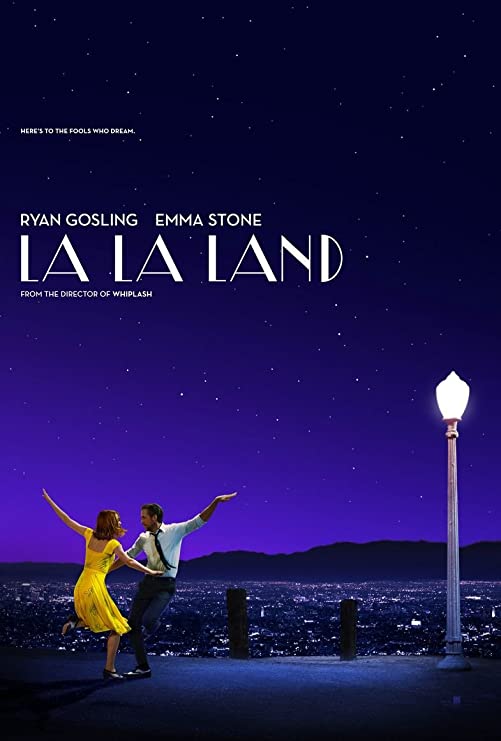
Richard Wagner had a great influence upon the film industry and its scores due to his methodical approach to writing operas, in which the music he composed enhanced the narrative through the use of leitmotifs, or short musical phrases that indicate the appearance of a character or narrative theme. This concept was recognized by the film industry, and was expanded on by different film composers, specifically Max Steiner who is known as “The Father of Film Music.” Steiner was heavily influenced by Wagnerian musical concepts, and would incorporate leitmotifs, non-diegetic sounds and other elements that enhanced the musical experience in movies and their relation to narratives. Since Steiner, films have grown to incorporate songs into their soundtracks that are either specifically written for the movie from a preexisting band, or the rights are bought from a band to include their song in the movie. The songs themselves share the same focus that Steiner envisioned for his films, in that songs are used for a narrative purpose in order to advance the plot, express the emotions of a specific character, and/or give credibility to the environment in which the film or a scene takes place.
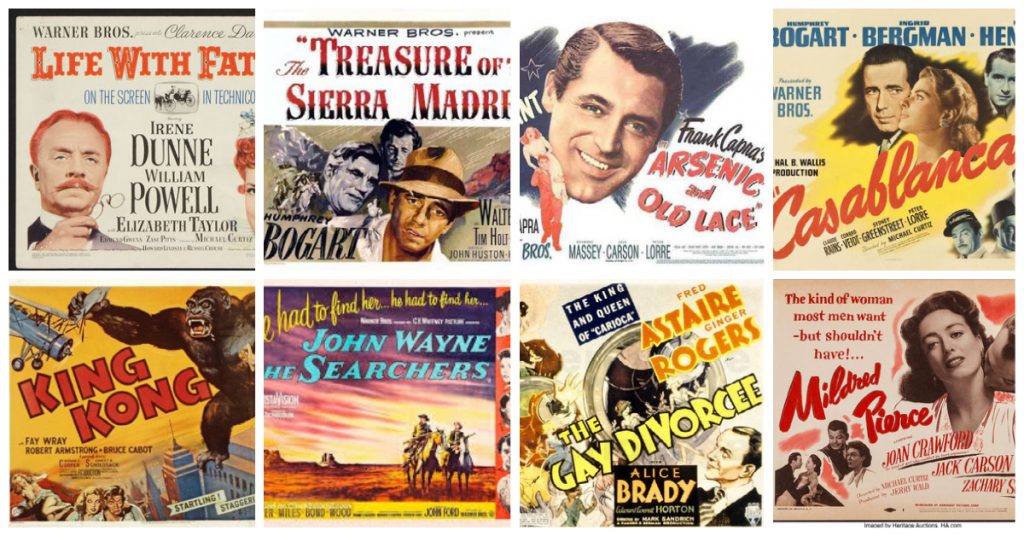
A sampling of films scored by Max Steiner
With this playlist, I wanted to highlight songs used in films that transcend just their immediate presence in the film. The rules of this playlist are rather loose, in that the songs included may have been written for the specific movie in which they are famous for being in, or written before the movie and added to the soundtrack and become a staple song for the film. I have included highly popular choices that the general film-viewing population would agree with, such as “My Heart Will Go On” in Titanic and “Don’t You (Forget About Me)” in The Breakfast Club. However, I have also offered some of my personal choices of songs that I believe greatly enhance the movie and urge audiences to listen to the song outside of the filmic experience, but do not necessarily have the history or popular recognition by audiences. I hope that choices like “Slip Away” from Booksmart and “(I’m Gonna) Love Me Again” from Rocketman will expand your music and film libraries. I have organized the songs in order of their film’s release date, and my personal choices begin with “Send Me on My Way” from Matilda. And this playlist does not feature any instrumentally focused soundtracks that typically appear in large blockbuster films, but rather individual songs focused on lyrics. I hope you enjoy this eclectic playlist and relive some great film experiences through music!
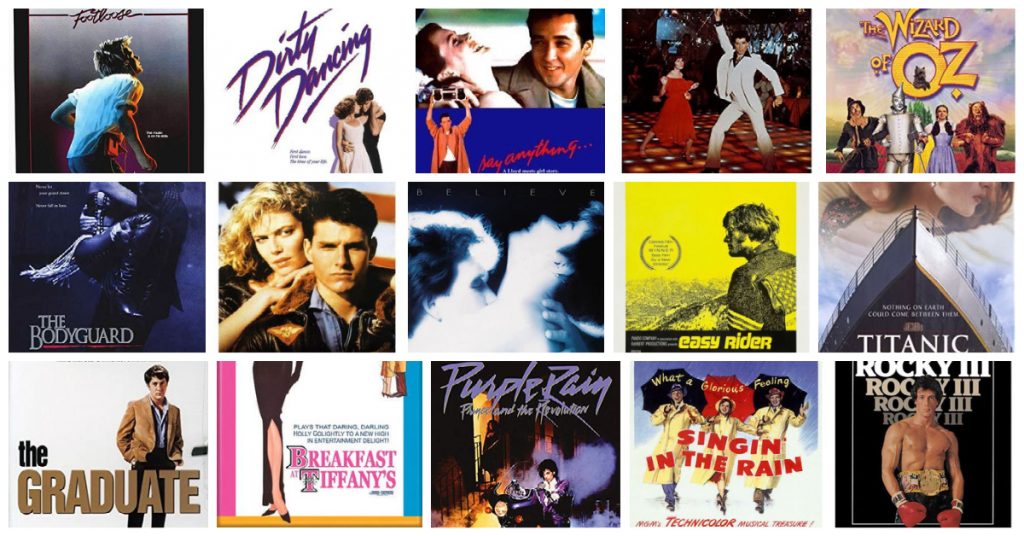
“Somewhere Over the Rainbow” by Judy Garland – The Wizard of Oz
“Singin’ in the Rain” by Gene Kelly – Singin’ in the Rain
“Moon River” by Audrey Hepburn – Breakfast at Tiffany’s
“Mrs. Robinson” by Simon & Garfunkel – The Graduate
“Born to be Wild” by Steppenwolf – Easy Rider
“Stayin’ Alive” by Bee Gees – Saturday Night Fever
“Eye of the Tiger” by Survivor – Rocky III
“Footloose” by Kenny Loggins – Footloose
“Purple Rain” by Prince – Purple Rain
“Don’t You (Forget About Me)” by Simple Minds – The Breakfast Club
“Take My Breath Away” by Berlin – Top Gun
“(I’ve Had) The Time of My Life” by Bill Medley & Jennifer Warnes – Dirty Dancing
“In Your Eyes” by Peter Gabriel – Say Anything
“Unchained Melody” by The Righteous Brothers – Ghost
“I Will Always Love You” by Whitney Houston – The Bodyguard
“My Heart Will Go On” by Céline Dion – Titanic
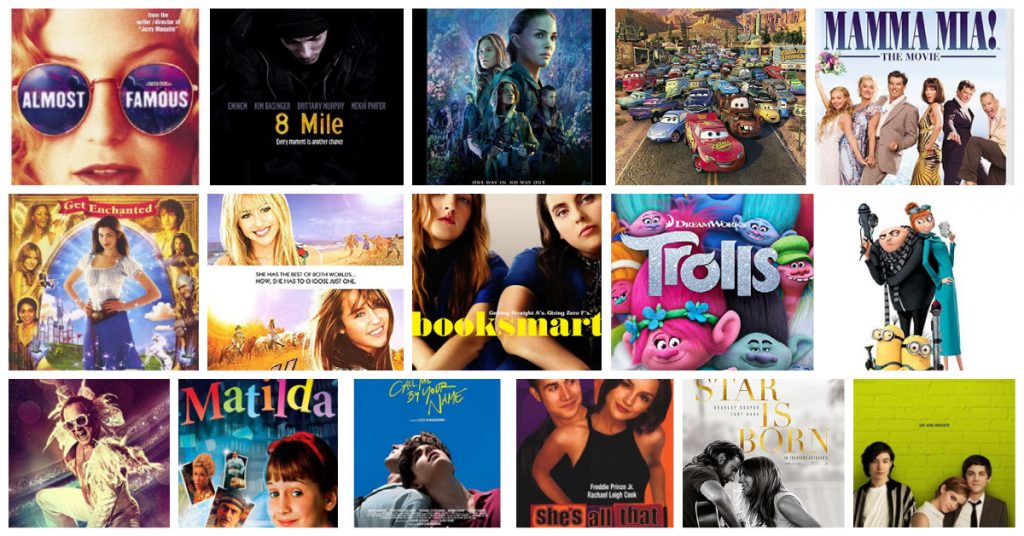
“Kiss Me” by Sixpence None the Richer – She’s All That
“Tiny Dancer” by Elton John – Almost Famous
“Lose Yourself” by Eminem – 8 Mile
“Dancing Queen” by ABBA – Mamma Mia!
“Happy” by Pharell Williams – Despicable Me 2
“Can’t Stop the Feeling” by Justin Timberlake – Trolls
“Send Me on My Way” by Rusted Root – Matilda
“Somebody to Love” by Queen – Ella Enchanted
“Life is a Highway” by Rascal Flatts – Cars
“Hoedown Throwdown” by Miley Cyrus – Hannah Montana: The Movie
“Heroes” by David Bowie – The Perks of Being a Wallflower
“Mystery of Love” by Sufjan Stevens – Call Me By Your Name
“Helplessly Hoping” by Crosby, Stills & Nash – Annihilation
“Shallow” by Lady Gaga & Bradley Cooper – A Star is Born
“Slip Away” by Perfume Genius – Booksmart
“(I’m Gonna) Love Me Again” by Elton John & Taron Egerton – Rocketman
And here is a link to a YouTube playlist version!
Arachnophonia: “It Might Get Loud”
Editor’s note: Arachnophonia is a regular feature on our blog where members of the UR community can share their thoughts about resources from the Parsons Music Library‘s collection.
All links included in these posts will take you to either the library catalog record for the item in question or to additional relevant information from around the web.
Today’s installment of Arachnophonia is by student manager Cole (class of 2021) and features the music documentary film It Might Get Loud. Thanks, Cole!
It Might Get Loud (2008)
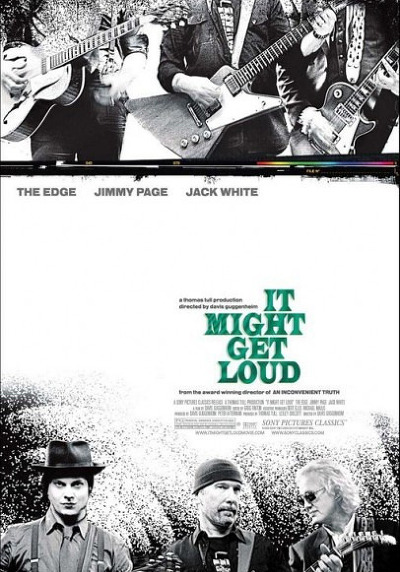
What happens when three of the most influential guitarists alive, each from different eras of popular music, sit down for a day to swap stories and riffs? That’s the question at the heart of Davis Guggenheim’s 2008 documentary It Might Get Loud, starring Jimmy Page (of Led Zeppelin), The Edge (of U2), and Jack White (of The White Stripes). Although the three musicians come from differing backgrounds and generations, the film explores the three men’s lives as they’ve revolved around their shared fixation: the electric guitar.
In proportion to the total runtime, footage of the three’s meeting, dubbed “The Summit,” is relatively sparse. Instead, the film documents each of the musicians in and around their respective homes, piecing together their personal narratives, playing and recording styles, and musical philosophies. The film crew follows Jimmy Page to Headley Grange, a former workhouse-turned-recording studio whose interior acoustics can be heard on Led Zeppelin IV. The Edge visits the secondary school in Dublin where he co-founded U2 with his childhood friends. The film opens on Jack White assembling a rudimentary one-string guitar from plywood and a glass bottle on the porch of his Tennessee farmhouse. Guggenheim constantly moves between these three strands, allowing the guitarists to tell their own very different stories while revealing the subtle similarities in their lives that drove them all to the electric guitar.
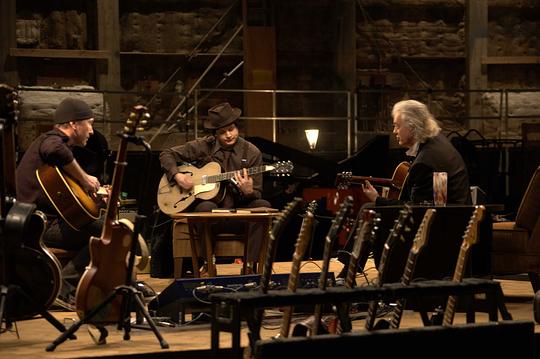
My favorite moment in the film comes when The Edge delves into his playing philosophy. Known for his extensive use of reverb and delay, The Edge is sometimes criticized for playing his pedal board more than his guitar. Hearing him explain his methodology reveals the sheer creativity at work in creating his sounds, despite not “shredding” in the same vein as White and Page. At one point, The Edge plays the riff to “Elevation,” in which his guitar undulates between an indefinite number of notes. He then strips the effects and reveals the riff to be simply two notes, the space between filled with reverb, delay, and distortion. While this style of play rubs some the wrong way — such as those who consider effect pedals “cheating” to hide technical deficiencies — the great strength of It Might Get Loud is in capturing the dialogue between three pillars of guitar styles. In the film’s introductory sequence, Page admires The Edge as a “sonic architect,” a powerful compliment coming from the man most often placed beside Jimi Hendrix and Eric Clapton in conversations of electric guitar greatness.
An added bonus of the film’s three stars is consequentially broad appeal. If you are a fan of guitar-driven music, you’ll likely enjoy what’s offered here. It Might Get Loud is available to check out as a DVD from the Parsons Music Library and also from Boatwright Memorial Library. It is also available to stream online for those on the University network.
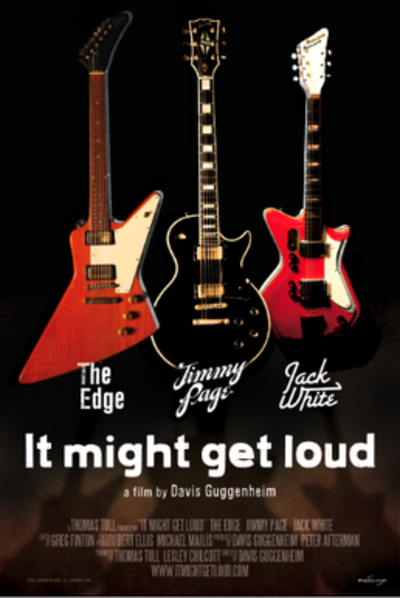
Digital Resources: Music ID
The Music Library has more resources available than physical items. We’re highlighting some of our digital resources, and including information about them as told by our student employees.
Today’s digital resource is:

Music ID offers over 60 years (1950 – present) of international chart data for popular music recordings.
Here’s what student manager Abby (class of 2021) had to say about this resource:
“One of our research tools that I find particularly interesting is Music ID. This resource compiles over 100 years of global music industry data in an incredibly easy-to-use platform. The site itself is divided into three analytical topics — most popular, most profitable, and most impactful. It’s fascinating to see the difference between the three, especially with the site’s ability to separate song, album, and artist. And with data going back as far as 1900, not only can you discover some great old songs you may have never heard of but also a comprehensive meta-narrative of popular music itself, and by extension its cultural impact.”
And here’s what student manager Colin (class of 2021) had to say about this resource:
“A resource I like and that I have used for a paper before is Music ID. Specifically, Music ID Data‘s database has information on over 5,000 different charts, tracking music popularity in countries all over the world based on the popularity of artists and their songs on these different charts, as well as on platforms like Spotify, Apple Music, and Shazam. This resource is best utilized by examining overlapping chart data to analyze the popularity and trends that follow an artist, whether it be through a new album release or from a popular single track. To use this platform you type a keyword into a search bar, such as the latest Super Bowl Halftime Show artist “The Weeknd,” and select the different measures you wish to analyze. From there, the website will bring you to a graph that details the artist’s popularity based on the measures you selected. For example, you can simply click “The Weeknd” as an artist and you can see his trend in the U.S. Billboard Top 100 artists over the years in which Music ID has effective data. To utilize this resource further, you can start applying additional filters, specifically on singles he has released like “The Hills” and “Can’t Feel My Face,” to effectively observe how the popularity trends of his songs affect the popularity of himself as an artist. Music ID Data has a lot of information that can be applied to many different artists across the world and is an amazing research tool when needing to find graphical trends as evidence for reference support.”

Digital Resources: All Music Guide
The Music Library has more resources available than physical items. We’re highlighting some of our digital resources, and including information about them as told by our student employees.
Today’s digital resource is:

All Music offers biographies and discographies in all genres
Here is what student assistant Danny (class of 2023) had to say about this resource:
“A digital resource that I found very interesting was called “All Music.” This research guide was very helpful, for you can search just about any album, artist, or song and get not only some information about it, but what album it was connected to, reviews, the year that it came out, and reviews about it.
This guide is especially helpful to learn more about artists and the albums they have released. For instance, let’s say you just found out about a new artist. You can look them up on AllMusic and access their discography. (Some even have links that will allow you to hear samples of songs!) You can also see lists of similar albums and songs that you can check out if you want to hear more music that sounds similar to the artist you’ve searched for.
Finally, there is a new release radar, a discover tab, and articles related to current news that can be extremely helpful if you want to keep track of the day-to-day goings-on in the music industry.”
And here is what student assistant Ryan (class of 2022) thought about the AllMusic Guide:
“Allmusic.com is an incredibly broad music database that has information on all kinds of music, from B.T.S. to R.E.M. The website features Discover sections that can help you find music based on genre, mood, and even lyrical content.
Ever been curious about the difference between bluegrass and blues? How about progressive metal and post punk? AllMusic has artists and albums divided into the most niche subgenres, so you can find examples of almost anything. The website also offers articles, album reviews, recommendations, and artist interviews. If you’re looking to expand your musical horizons, AllMusic.com is the place to start!”
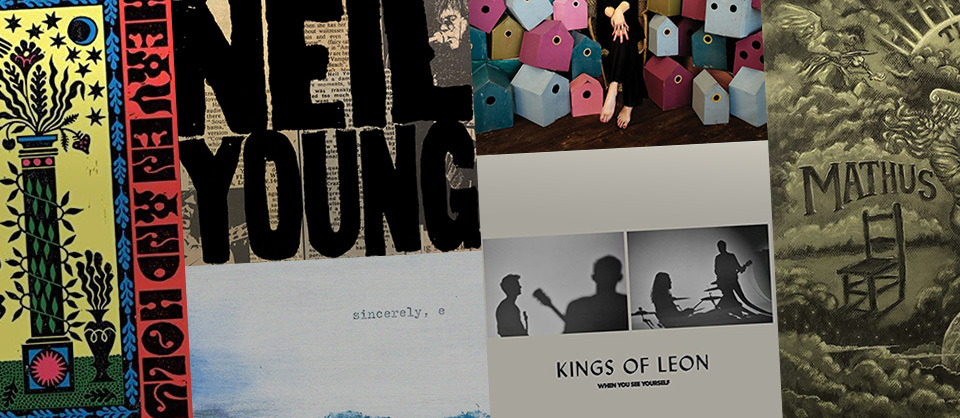
Arachnophonia: Erik Satie
Editor’s note: Arachnophonia is a feature on our blog where members of the UR community can share their thoughts about resources from the Parsons Music Library‘s collection.
All links included in these posts will take you to either the library catalog record for the item in question or to additional relevant information from around the web.
Today’s installment of Arachnophonia is by student assistant Ryan (class of 2022) and features a collection of works by French composer Erik Satie. Thanks, Ryan!
Erik Satie (b. 1866 – d. 1925)
Parade ; Trois gymnopédies ; Mercure ; Trois gnossiennes ; Relâche
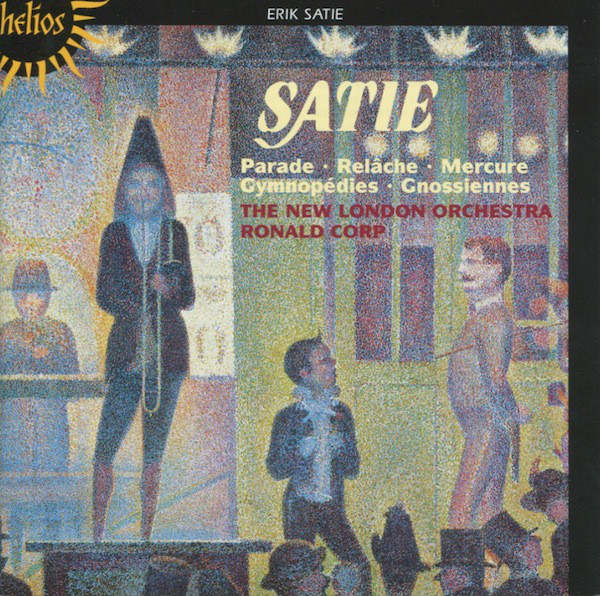
Erik Satie has long been one of my favorite composers for his ability to blend together subtlety and expressiveness to create an ambiance unlike any other artist. In his day, Satie struggled greatly to find support for his music, but his friendship with composer Claude Debussy proved valuable when Debussy offered to orchestrate two of Satie’s three “Gymnopédies”. Among Satie’s earlier works, Debussy saw great potential in “Trois Gymnopédies” and his orchestrations are still performed today, although Debussy disliked the second of the three and never orchestrated it. In this CD recording by the New London Orchestra, conductor Ronald Corp attempts to elucidate the same subtleties Debussy loved so much in Satie’s work with his orchestrations of Gymnopédie no. 2 as well as “Trois Gnossiennes”. This CD also features recordings of some of Satie’s ballets: Parade, Mercure, and Relâche. Each was met with mixed reviews at their debuts, but are now considered to be some of his finest works.

Erik Satie in 1920
I love to listen to Satie, especially the Gymnopédies, while I read or do work. Music historians often credit Satie as being one of the precursors to modern “ambient music”, and it’s easy to see why. Satie’s music lends itself equally well to thoughtful listening as it does to background enjoyment. If you’re looking for a CD to help you relax after a long week or accompany a good book, I highly recommend the New London Orchestra’s collection of recordings.

